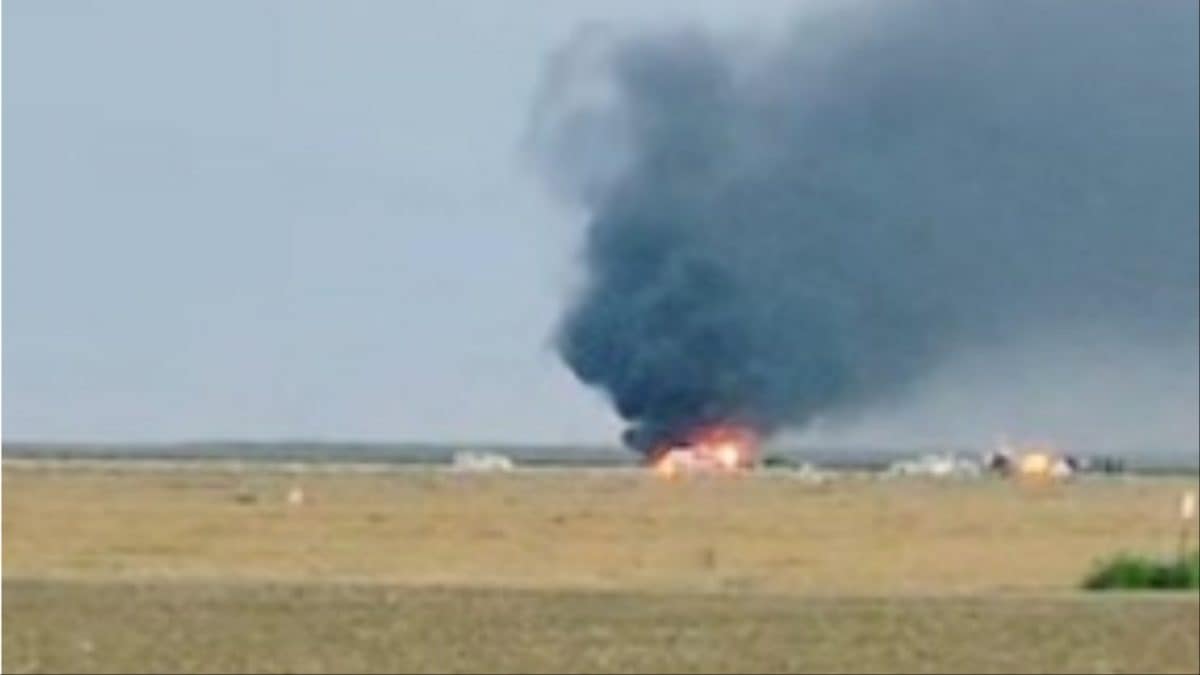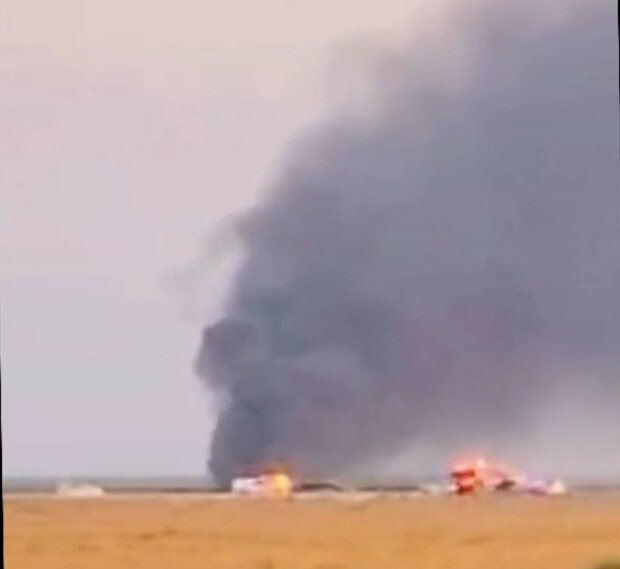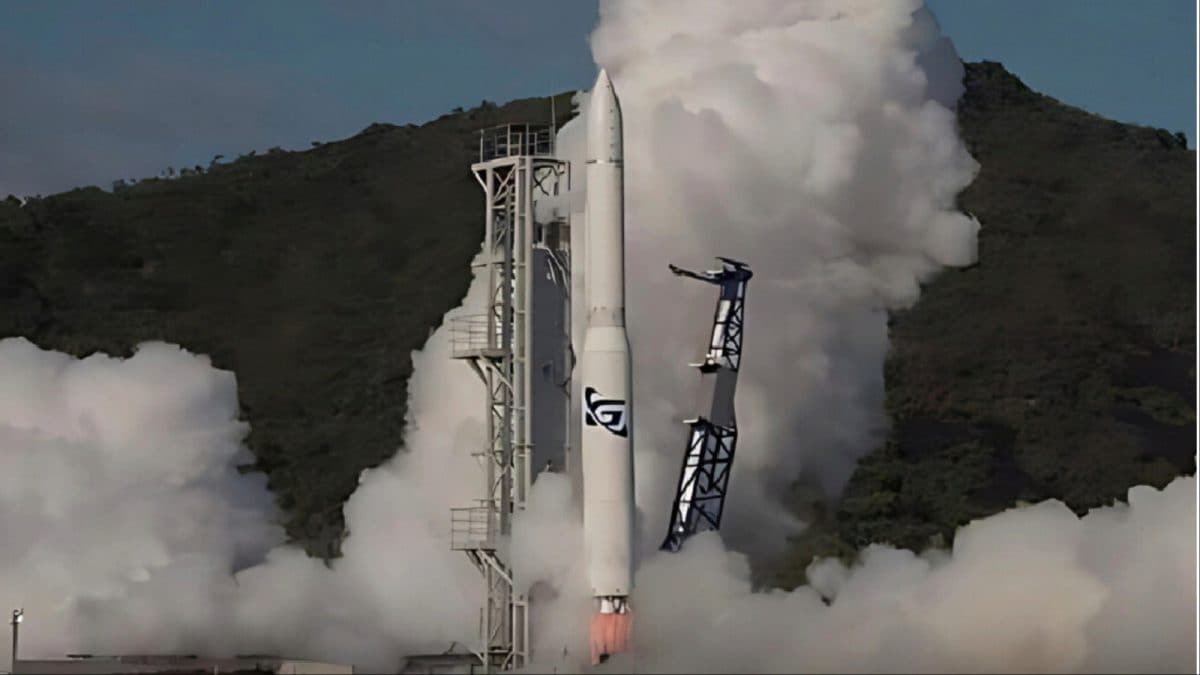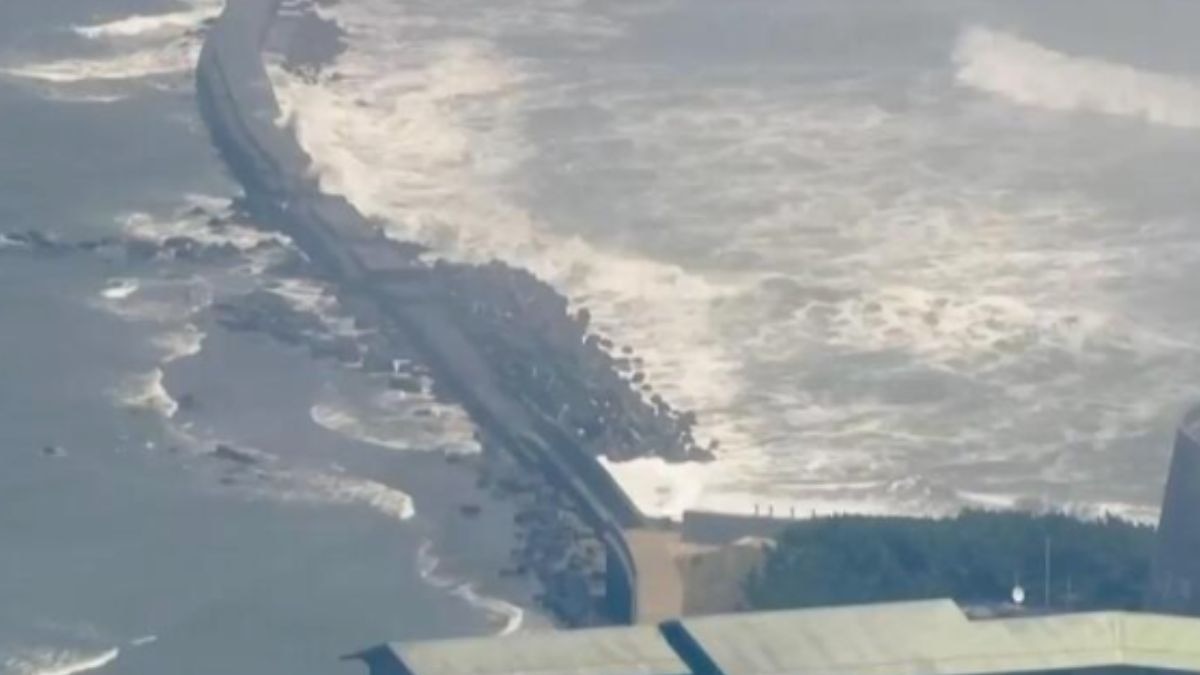Last Updated:July 30, 2025, 16:03 IST
An 8.8-magnitude earthquake hit Russia's Kamchatka Peninsula, triggering tsunami warnings across the Pacific, including Japan.

Japan's Meteorological Agency quickly issued a tsunami warning on Wednesday morning, covering areas from Hokkaido to Kyushu. (Representational Image)
After a powerful 8.8-magnitude earthquake struck Russia‘s Kamchatka Peninsula early Tuesday, tsunami warnings rippled across the Pacific, including along parts of Japan‘s coastline. As people rushed to higher ground, the word “tsunami" resurfaced in headlines, and with it, an old question: why is it spelled with a “T" that no one seems to pronounce?
The US Geological Survey confirmed that the quake’s epicentre lay roughly 125 kilometres southeast of Petropavlovsk-Kamchatsky at a shallow depth of just 20 kilometres. That depth is considered especially dangerous, as shallow quakes are more likely to trigger tsunamis. Waves as high as 12 to 13 feet were recorded hitting Russia’s eastern coast. Authorities immediately advised residents to steer clear of beaches and low-lying coastal zones.
“Tsunami": The Word
The word “tsunami" comes from Japanese, where it is written as 津波 and pronounced “tsɯˈnami". It’s a combination of two kanji: ‘tsu‘, meaning “harbour" and ‘nami‘, meaning “wave." Together, they describe a phenomenon that has haunted the island nation for centuries, massive waves surging into ports and destroying everything in their path.
Despite becoming part of global vocabulary, the original Japanese pronunciation includes a subtle “ts" sound at the beginning – as in tsukuba or tsuru. That sound is relatively uncommon in English, so many non-native speakers tend to drop the “T" altogether, pronouncing it simply as sunami. Still, the spelling has remained true to its Japanese roots as a mark of linguistic respect, even if pronunciation varies.
A Chilling Reminder of 2011
Tuesday’s quake stirred grim memories of the 2011 Tohoku disaster in Japan, when a 9.1-magnitude quake triggered a tsunami that killed more than 15,000 people and led to the Fukushima nuclear crisis. Japan’s Meteorological Agency quickly issued a tsunami warning on Wednesday morning, covering areas from Hokkaido to Kyushu. Emergency sirens blared as officials urged coastal residents to evacuate to higher ground.
Japan, sitting atop multiple tectonic plates, is part of the volatile Pacific “Ring of Fire", where frequent seismic activity makes it one of the most tsunami-prone countries in the world.
As the Pacific monitors another looming threat, the sudden spotlight on a single letter – the silent “T" – serves as a reminder. Some words carry not just meaning, but memory. And in the case of “tsunami", a legacy of loss and vigilance across coasts and cultures.
view commentsLocation :Japan
First Published:News world Tsunami: Why You Don't Hear The 'T' | Explained
Disclaimer: Comments reflect users’ views, not News18’s. Please keep discussions respectful and constructive. Abusive, defamatory, or illegal comments will be removed. News18 may disable any comment at its discretion. By posting, you agree to our Terms of Use and Privacy Policy.
Read More

 21 hours ago
21 hours ago

















